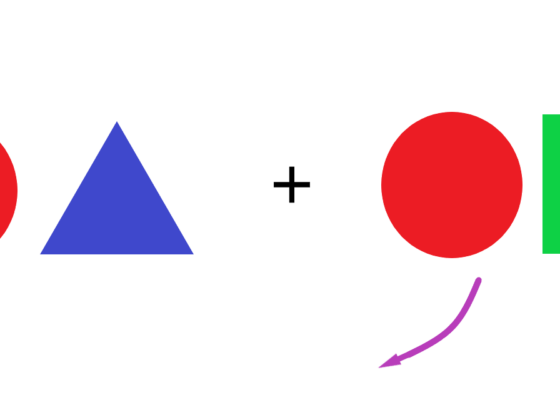Overview:
Polynomials can be completely factored in a similar way to factoring other numbers and monomials. It is a process of finding the greatest common factors in the expression, paying close attention to the way the numbers and variables are distributed, and checking to see if the factored form is equivalent to the original expressions. There are also a number of common patterns that can be used as shortcuts to factoring.
What Are the Greatest Common Factors?
Suppose the expression is 15y2 + 12y. What factors do both 15y2 and 12y have in common? The expression 15y2 is equal to 3 ∙ 5 ∙ y ∙ y. The expression 12y is equal to 3 ∙ 4 ∙ y. Both 15y2 and 12y have a common factor of 3y, as 15y2 is equal to 3y(5y) and 12y is equal to 3y(4).
How Are the Numbers and Variables Distributed?
An expression like 15y2 + 12y can be factored as 3y(5y) + 3y(4). Using the distributive property, that expression is equivalent to 3y(5y + 4), Suppose you had a rectangle with one side measuring 3y and the other side measuring 5y + 4. The area of the rectangle would be 3y(5y + 4) or 15y2 + 12y.
What Is the Opposite of FOIL?
In order to expand a polynomial expression such as (y + 2)(y + 4), the FOIL method is used. The first members, y and y, are multiplied as y2. The outside members, y(4), are multiplied as 4y, and the inside members 2y. Since 2y can be added to 4y, the middle term is 6y. The last term is 2(4) or 8. The entire expansion is y2 + 6y + 8. Factoring is like the nonsense word LOIF. The last term, will be the product of two numbers that equal 8. The outside and inside terms will add together to equal 6, and the first term in this case will be the common factor of y ∙ y, which simply y. Another way to say this is that the coefficient of the first y is 1 and the coefficient of the second y is 1 and 1 ∙ 1 equals 1. What numbers can be added to equal 6 and multiplied to equal 8? The answer would be 2 and 4 because 2 + 4 equals 6 and 2(4) equals 8. Using the distributive property y2 +6y + 8 is equivalent to (y + 4)(y + 2)
What Are Some Common Patterns?
Some of the most common patterns of trinomials have shortcuts to factoring. One of these patterns is the difference of 2 squares, such as 4x2 – 25. It can be factored quickly by thinking about FOIL and LOIF. According to FOIL, the expanded form is (first term)(first term) + (last term)(-last term). The outside term and the inside term cancel each other out. The last term would be the negative square root times the positive square root, in order that the sign will be negative. According to LOIF, the last term is (-5)(5), or -25, the outside and inside terms will be 5x – 5x (equaling 0) and the first term is 2x. Factoring the expanded trinomial gives (2x + 5)(2x – 5), or 4x2-10x + 10x – 25, in simplest terms 4x2 – 25.
Interested in algebra tutoring services? Learn more about how we are assisting thousands of students each academic year.
<span class=”tutorOrange”>SchoolTutoring Academy</span>is the premier educational services company for K-12 and college students. We offer tutoring programs for students in K-12, AP classes, and college. To learn more about how we help parents and students in Charlottetown, PE, Canada: visit Tutoring in Charlottetown, PE, Canada



